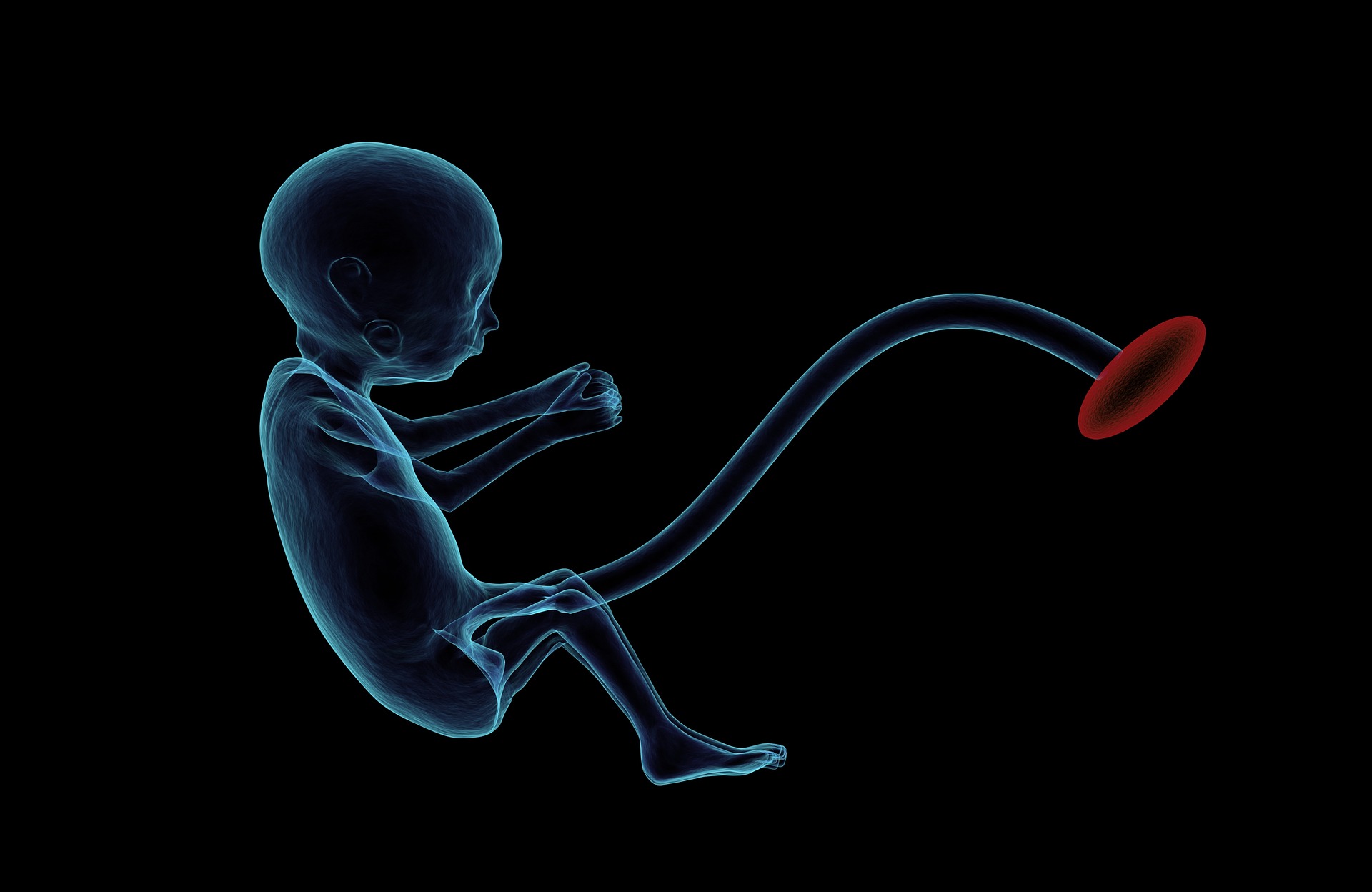New Study Shines Light On The Evolution Of Pregnancy

The fossil record provides information about past life by preserving the skeletons, teeth, and other body components of extinct organisms, such as bones and turtle shells.
In a recent investigation, researchers employed a technique known as transcriptomics, which analyzes patterns of gene expression, to explore the origins of one organ, namely the placenta, which plays an essential role in pregnancy.
The placenta of certain species, such as humans, is very invasive, meaning that it penetrates all the way past the wall of the uterus and into the maternal tissue. This is the case with humans. In most other mammalian species, the placenta hardly brushes up against the uterine wall. And then there’s everything that falls somewhere in the between.
What did they discover?
Gene expression patterns were employed by researchers in order to reconstruct the history of the placenta and to make predictions about the appearance of the placenta from the last common ancestor of all eutherian animals. The evidence suggests that this particular placenta was invasive, and also that non-invasive placentas have developed several times throughout mammalian species.
All living mammals, with the exception of marsupials and egg-laying monotremes, are classified as eutherians. Eutherians are distinguished by their protracted pregnancies, during which the growth of the fetus elicits a significant physiological reaction from the mother.
In order to carry out the investigation, the group analyzed the genes that were active in the uterus of different animals when they were pregnant. After discovering a correlation between these gene expression patterns and the level of placental invasiveness, the researchers put their findings to use by using their data to make a prediction about the appearance of ancient mammalian placentas.
About 20 different species were included in the research, including the egg-laying platypus, marsupials that carry their young in pouches, and a variety of eutherian mammals that give birth to live offspring.
One of the limitations of the study is the very small sample size: In their article for eLife, the scientists state that more study on a greater variety of species is required in order to evaluate the significance of the results. Despite this, the research provides significant advances to our knowledge of how pregnancy developed through time.
0 comments